Ever wondered why despite working faithfully to meet customer needs, your brand reputation is in deep water? Have you been trying to amplify your online brand reputation lately? Then this article is just for you.
It is getting burdensome for brands to upkeep their reputation in today's digital world, where anyone can say anything about a brand. If the customers are unsatisfied with a product or service, they are bound to promulgate it publicly for everyone over the web to notice.
Businesses need an online reputation management system to tackle such scenarios and consequences. By managing your online reputation, you can monitor your brand mentions, understand customer sentiments, and keep negative comments down, thereby maintaining a positive brand outlook.
Managing your online reputation calls for an operational online reputation management strategy. This article will cover everything from understanding the importance of an ORM strategy to steps to creating one for your brand.
Here is an overview of the contents of this article:
- What Is Online Reputation Management?
- Why Is Online Reputation Management Important For Your Business?
- 5 Steps To Create An Online Reputation Management Strategy
- Online Reputation Management Strategy Infographic
- Start Your ORM Journey
You can directly jump to a section of your choice or keep scrolling.
What Is Online Reputation Management?
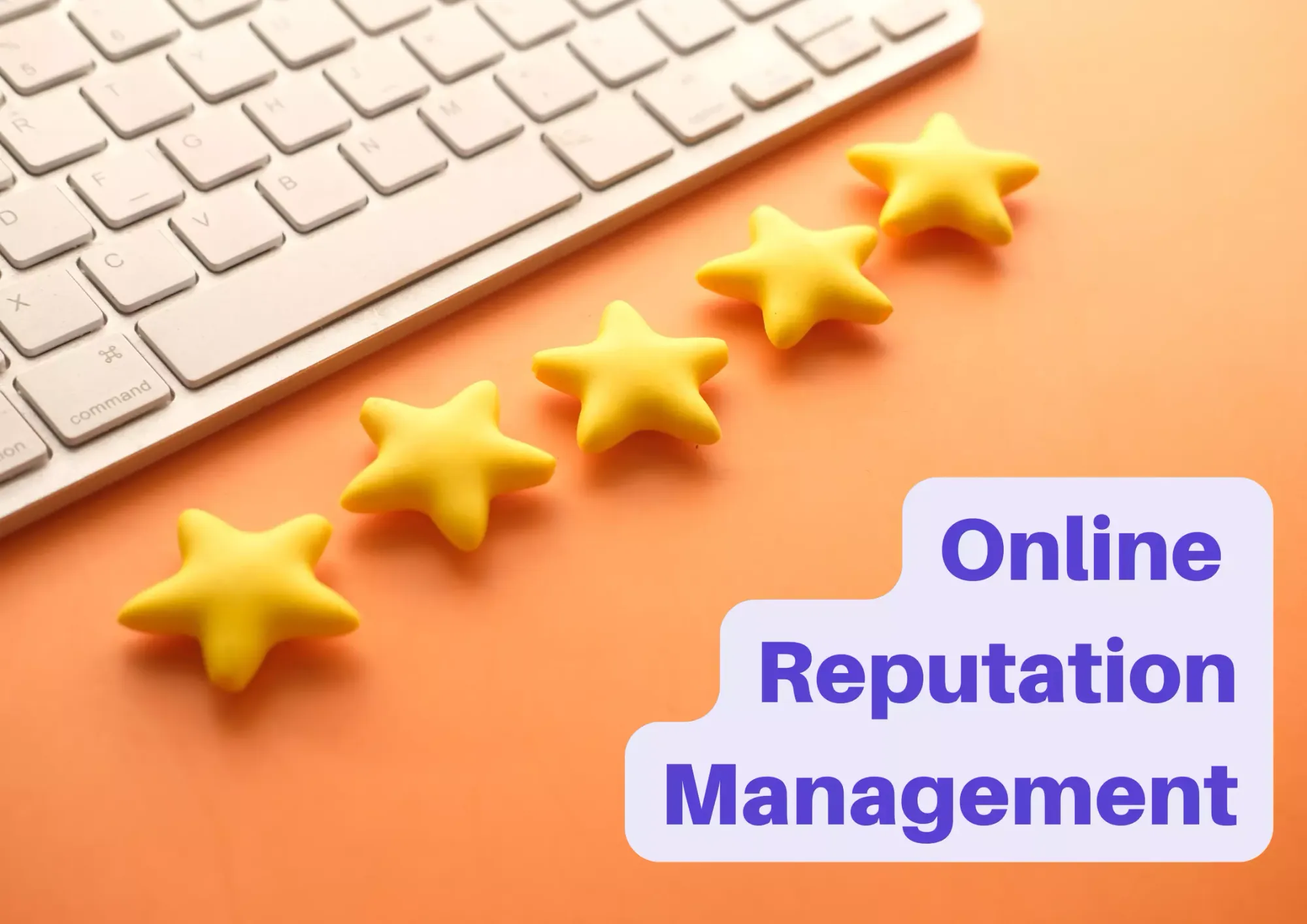
Online reputation means the people's notion of an individual, organization, store, product, service, or any entity with an online presence. A good brand reputation builds trust among people and it has a ripple effect on several business-critical metrics and consumer behavior.
Online Reputation management refers to monitoring brand mentions across platforms for customer reviews and talking points to curb negative sentiments and create a positive brand image.
ORM goes beyond just replying to comments on social platforms and websites. It's about understanding how people perceive your brand and taking actionable steps to improve that. Whether it's about press releases defaming your brand, social mentions in a bad light, negative reviews on app stores, or poor ratings on company review websites, as a brand owner, you have to be on top of these to defend your brand reputation online.
You may feel overwhelmed by the sheer effort you shall put into managing your brand reputation. However, online reputation management software can make this uphill task easy for you to focus on other business-critical operations.
Now let's dive into the importance of online reputation management and why your brand should take it seriously.
Why Is Online Reputation Management Important For Your Business?
You now have an overview of why ORM is important for your business. Let's get into the details of it.
It Affects Purchase Decisions.
When you're thinking of trying a new product, chances are you read reviews ⭐⭐⭐⭐⭐
— venntov (@venntov) February 22, 2022
And you're not alone! 97% of customers say reviews influence their purchasing decisions, and 86% say they hesitate to purchase from a business that has negative reviews. pic.twitter.com/S8NBTHEsmd
The impact of online reviews on buying decisions is not a secret. The stats around consumer behavior speak for themselves.
- 89% of customers worldwide read reviews before buying products
- 79% of shoppers say they trust online reviews as much as personal recommendations
- 59% of consumers use Google to read reviews (BizRate Insights, 2021)
- 54.7% of consumers read at least four reviews before buying a product
With the above stats, it's evident that people consider reviews as an important buying factor. You might have an exceptional product suite and customer support. However, some negative comments may spark suspicion in your customers, making them think of a better alternative to your product. If you fail to take timely action, you might lose your customer base to your competitors. Managing negative comments and bad social media reviews are a few stepping stones toward building a positive brand outlook.
People Lose Trust In The Brand.
You might start losing your loyal customer base, leave alone acquiring new customers. People who come across negative reviews and comments about your brand start questioning their association with it. They eventually lose trust and look for more reasons to cut ties with your business. A staggering 72% of consumers say that positive reviews make them trust a company more. Yet another reason why you should shift your focus toward an ORM strategy.
You Can Win Over Your Competitors' Customers.
You can win over your competitors' customers by creating a positive brand image on public platforms. Nevertheless, this is possible only when you know your brand's and the competitors' current online reputation. More on this later.
Consistent work on managing comments, reviews, and ratings and solving customer problems will take you miles ahead of your competitors. Remember, a satisfied customer will likely leave a positive statement about your customer service influencing others' buying decisions.
It Is A Source Of Feedback.
Negative comments and reviews are a fantastic source of feedback you would not even get with paid user interviews, polls, and surveys. What your customers feel and experience about your product or service is the best way to improve your service.
Online reputation management lets you know what your customers think about your business. Collect those insights and feed the data to your product and customer support team for a better customer experience.
5 Steps To Create An Online Reputation Management Strategy
Now that you have grasped the importance of ORM for businesses, you need to start creating a strategy for it. The process is not a one-size-fits-all, but these five basic steps will help you build an effective ORM strategy for your business.
Here's the 5-step plan to create an online reputation management strategy.
Monitor The Current Status
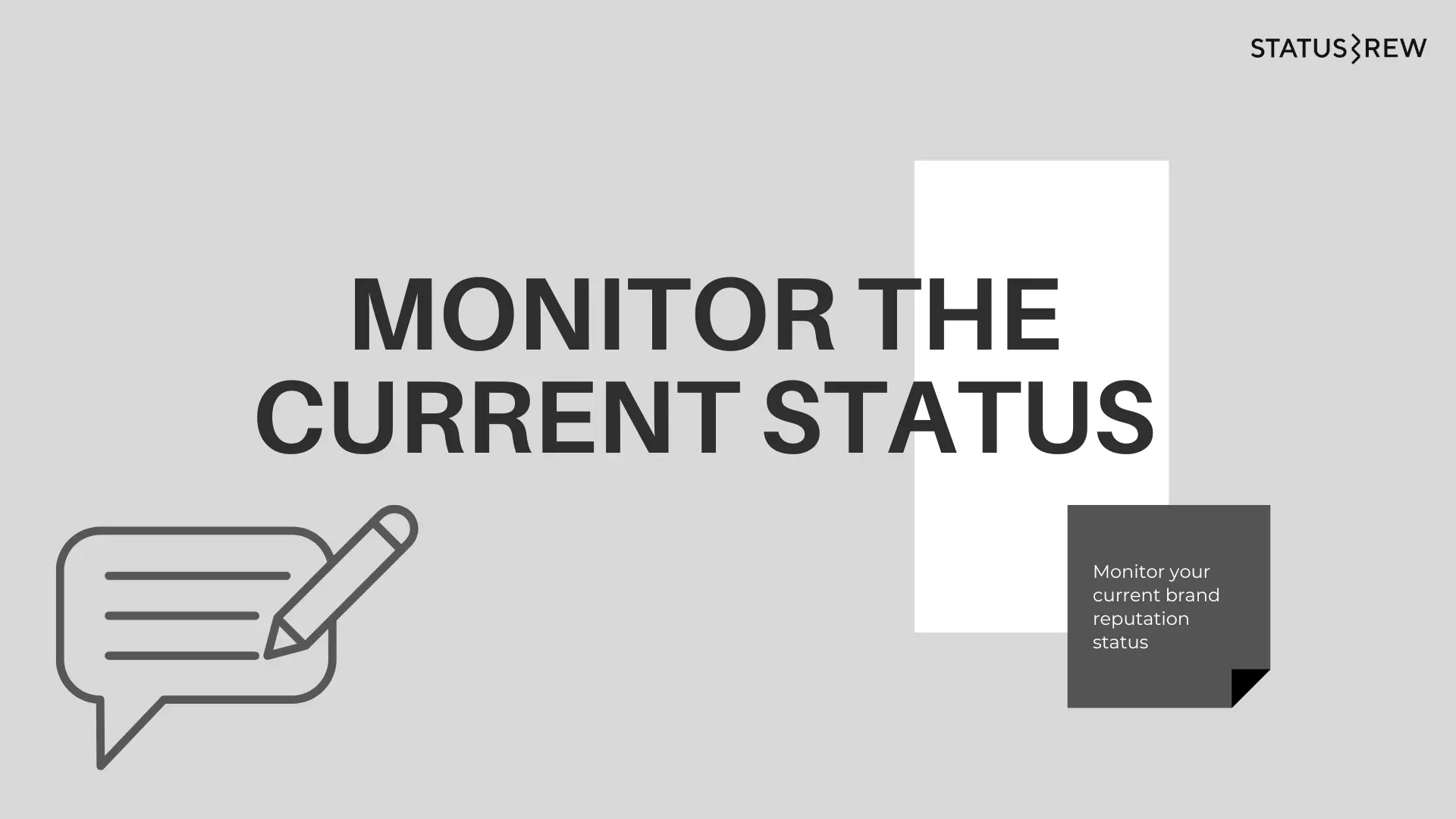
All good things (at least in management) start with assessing the current situation. You cannot improve something until you know where you're lagging. Monitoring your online reputation is a crucial component of the ORM strategy alongside responding.
People voice their opinions about brands everywhere. But it is essential to know where your customers are. Do your customers talk about your brand on social media, eCommerce sites, or elsewhere? Depending on the product or the service you sell, you can figure that out.
Monitor Your Brand Reputation On App Stores
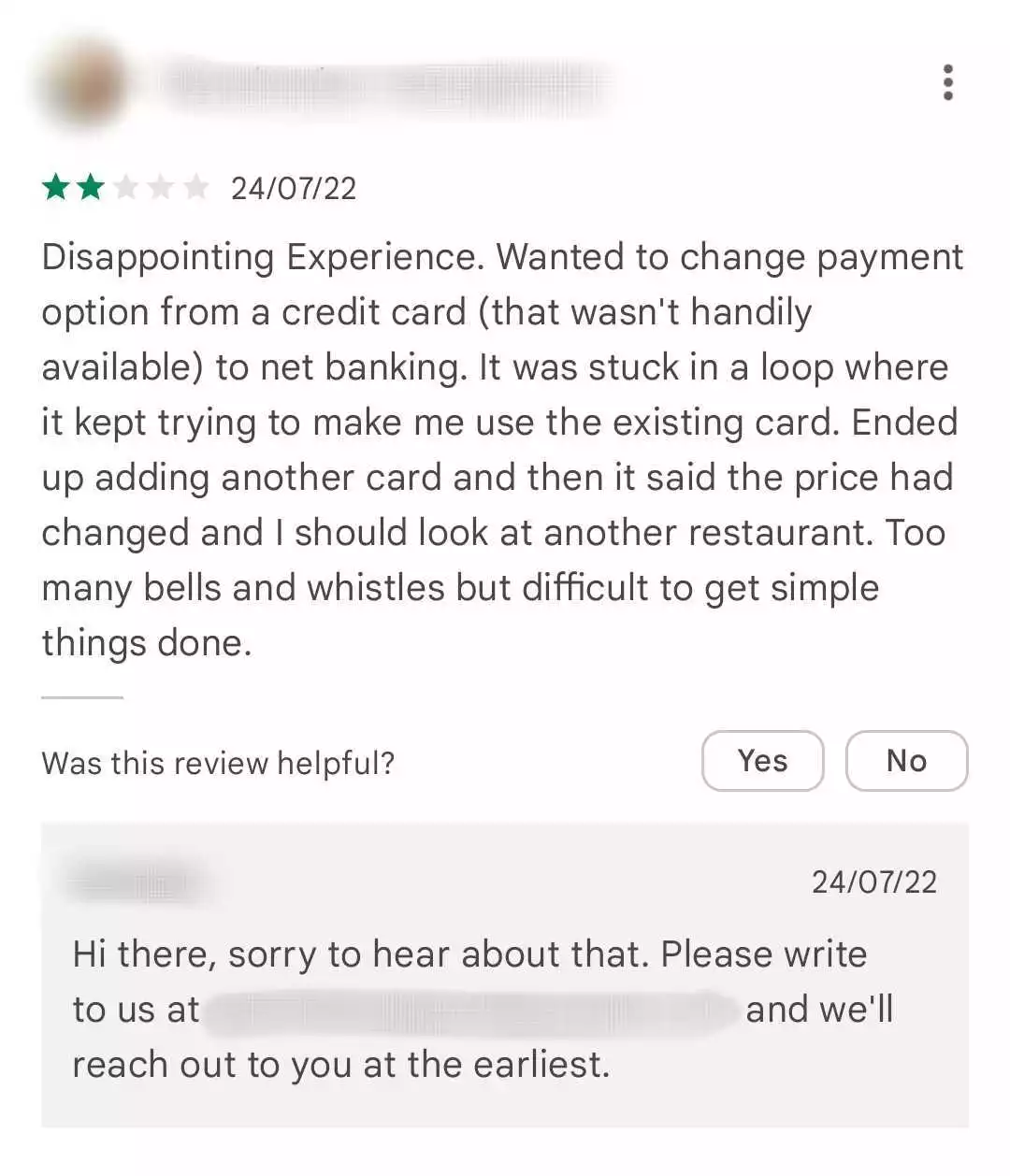
Consumers are highly concerned about app reviews and ratings. So much that 77% of users read at least one review before downloading an app. Furthermore, 50% of users back off from downloading an app if rated less than three-star.
If you're on the other side of the table developing apps, you must be equally concerned about your app ratings and reviews. An app with good ratings and reviews attracts more users to download the app, thereby increasing the app's reputation. Therefore, you should strive to manage your app store ratings and reviews and turn negative comments into positive ones.
The simplest way to monitor your app store ratings and reviews is to use an App Store Optimization tool for user reviews like Statusbrew. Statusbrew syncs with your app and presents you with all the ratings and reviews it gets in one dashboard, so you stay in the know of things.
If you find this exciting, start your free trial on Statusbrew to stay on top of your app store reviews and efficiently manage them from a unified dashboard.
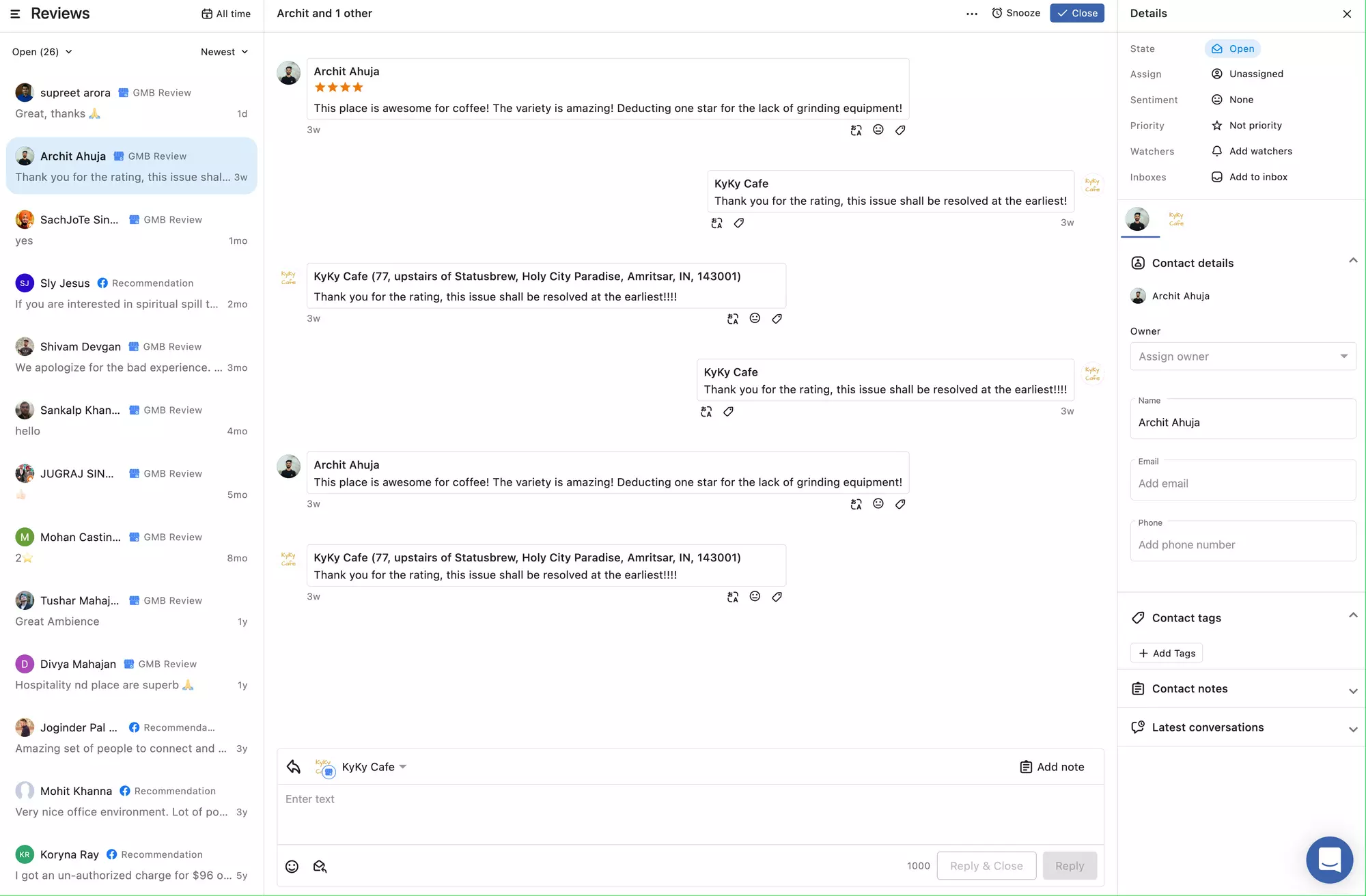
Monitor Your Brand Reputation On Social Media

A mismanaged social media calls for a bad reputation. Good social media teams monitor what customers are talking about and engage with them on their socials. This customer engagement distinguishes a good brand from those that fail to please them.
Monitoring your brand reputation on social media could be done in two ways: manually by the social media team and automatically by a social media monitoring tool, of course, with some human intervention.
Your social media team should keep a close eye on the brand mentions across the social channels. Again, manually checking every social media platform for your brand's comments may be arduous. Platforms like Twitter allow you to create alerts for branded keywords, including misspellings on its Advanced Search feature.
Another more accessible way is to use a social media monitoring tool. An intelligent social media monitoring software offers the following features:
- Track conversations to keep you aware of the happenings in your industry
- Create custom queries to target focused conversations
- Sentiment analysis to understand customers' perception of your services
- Information about the leads for lasting customer relationships
- Easy integration into your existing workflow
With Statusbrew's social listening tool, you can do all this and more to understand the emotions behind the reviews better and get meaningful insights for your ORM strategy.
Monitor Your Brand Reputation On Review Sites
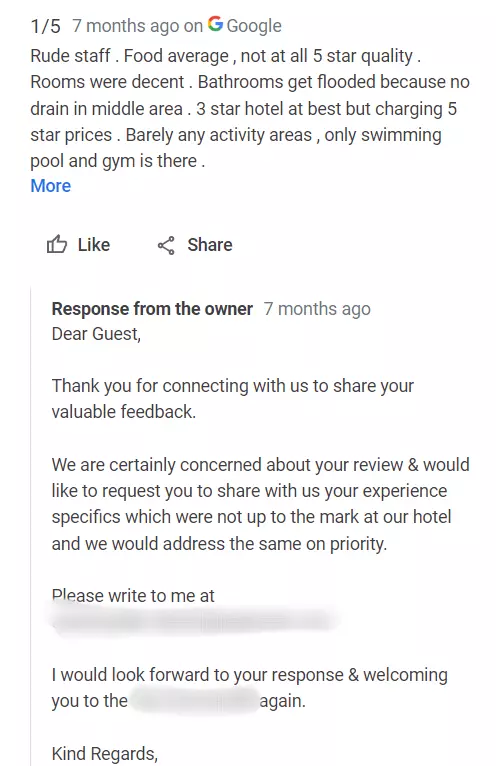
If you are the owner of physical commercial property, say, a shop, a restaurant, or an institution, check out for reviews on review sites. 47% of internet users worldwide post a review about a product, service, or company every month. Platforms like Google Maps, Google My Business, Yelp, TripAdvisor, and Foursquare are some of the top review sites that attract higher user reviews.
Like app stores and social media, monitoring reviews on platforms could be time-consuming if done manually. Hiring a review management tool will ease your work significantly. It fetches all the reviews about a company on well-known review sites aiding you to take actionable steps further in the ORM strategy.
Monitor Your Brand Reputation On eCommerce Sites
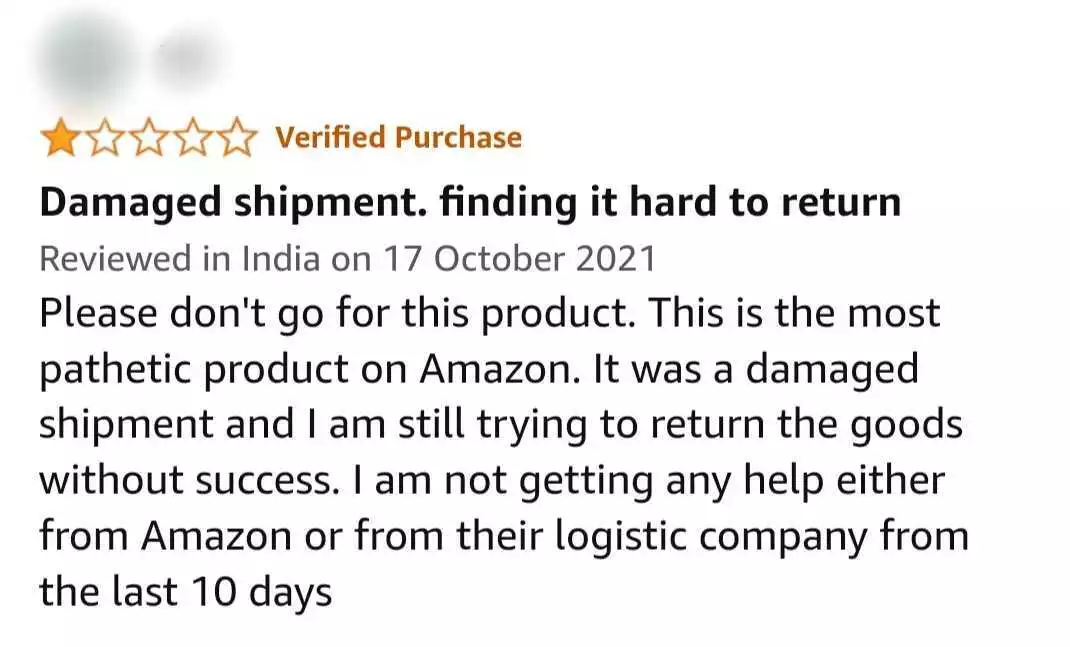
Lastly, eCommerce site owners also need to monitor reviews on their products. As discussed earlier, reviews on your product can influence potential buyers' decisions. 68% of online shoppers only form an opinion about a product after reading one to six reviews. To put this into perspective, if your product has even one negative review in those six reviews a shopper reads, it can drastically impact your sales.
If you are beginning to monitor your eCommerce reviews, look for reviews where your products sell the most. Not all eCommerce platforms would be getting you the same sales. For instance, Amazon and Shopify might get you more sales than eBay. Crackdown on a couple of sites where you sell your products the most and shift all your focus toward them.
Perform Competitive Analysis

The next step in creating an ORM strategy is understanding your competitors' reputations. However, please do not put the same effort into it, as the objective of creating an online reputation strategy is not to compare your brand reputation with your competitors but to improve yours.
A competitive analysis aims to determine how your competitors deal with ratings, reviews, comments, and mentions across all channels. If both you and your competitors get the most reviews on Amazon, for example, check out the reviews under their products and how they respond to them.
Competitive analysis has two key benefits:
One, you will get insights into your competitors' customers' problems. Feed the data you gather from this analysis to your product team for development. If the reviews are more customer support-centric, transfer the same to your support team. Working on the feedback and improving customer service will give you an edge over competitors.
Two, you can take the learnings from your competitors on responding to user comments. They may or may not be good at it, but at least you will understand the dos and don'ts of responding to user reviews.
Create An Actionable Plan

By now, you should have enough data on things going well and those not. With the positives and negatives in hand, now is the time to create an actionable plan to manage reviews about your product, service, or company.
Your action plan should include responsibilities distributed among your social media team. You might have to do everything alone if you are a small business owner. Based on the insights from the brand monitoring stage and competitor analysis, delegate the tasks into the following categories:
- Negative reviews
- Spam comments
- Fake reviews
- Positive reviews
- Business-critical questions
Depending on the team's strengths and subject expertise, assign each vertical to individuals or buddy pairs. Set clear expectations on how the company wants to appear in the public eye by creating guidelines for replying to reviews of different types. If necessary, make an approval workflow so the ORM manager scans every review response.
Note: If there is harsh criticism of the business, let the authorities who possess the knowledge of the brand voice and business response etiquettes intervene.
Check out our tips on dealing with different kinds of reviews. Feel free to add these tips to your review guidelines.
How To Deal With Negative Reviews?
The first thing to do on getting a negative review is to accept it and stay calm. Getting negative reviews is regular, and every big brand worldwide gets them. Focus on how to turn a negative review into a positive one. Here are a few tips that will help you deal with bad reviews.
- Don't take reviews as a personal attack.
- Never ignore a bad review, as it will worsen the situation.
- Respond to bad reviews quickly by automating the process.
- Be polite in your responses as you're representing a business.
- Don't respond to every comment in the same way.
- Ask the reviewer to connect to move the conversation to a private forum.
- Only 1 in 26 customers share their negative experiences, while the others don't. So remember that there could be more unhappy customers who aren't sharing their negative experiences with your product. The bottom line is don't shift your focus from providing exceptional service to your customers and keep their problems before anything.
How To Deal With Fake Reviews?
Fake reviews significantly threaten your company's reputation and influence shoppers' buying decisions. If you are big on stats, it's worth noting that 54% of consumers do not prefer to buy a product if they suspect fake reviews on it.
Let's admit it: companies adopt cheap tactics to defame their competitors and put them in a bad light. At the same time, most companies ask their employees to leave positive reviews about them or their products and services. In either case, fake reviews mislead consumers into believing a business is either of the odds.
The latter is definitely under your control, but there are best practices for handling fake reviews from competitors or consumers.
- The first step remains the same, don't take the review personally and stay calm.
- Try to get the review removed. Depending on the review site, you can request review removal from the site moderator. See what Facebook, Yelp, and Google policy say about taking down reviews.
- Although you know the review could be fake, please don't respond to it with the assumption that it's fake. It will backfire, and you won't be able to draft the best possible response to the review. Take it like any other negative review and ask the reviewer to choose a private forum for taking the conversation ahead.
- Probe the reviewer on the issues they faced and ask them to share the details. They'll probably not revert to your response as they have no experience using your product or service.
- Be wise with responding to fake reviews. If you respond to a few of them and not others, you will lose potential customers as they assume will you're vice.
How To Deal With Positive Reviews?
Responding to positive reviews is often sidelined in an ode to responding to negative ones. However, your brand reputation boosts by acknowledging the positive feedback and rewarding the reviewers for the same. It will encourage other buyers to leave feedback on your product. Moreover, engaging with your customers will increase your customer retention.
Follow these tips to respond to positive comments:
- Be grateful by thanking them for sharing the review.
- Add a personal touch by addressing them by their first name and using words like we, us, you, and your.
- Be prompt and brief in your response.
- Promote your company's vision.
- Call them to leave a review, visit your website, or download your app for offers.
- Turn positive reviews into content and share it across your social real estate.
- Create reply templates for similar reviews to save time creating a draft for each review.
Track And Manage The Reviews
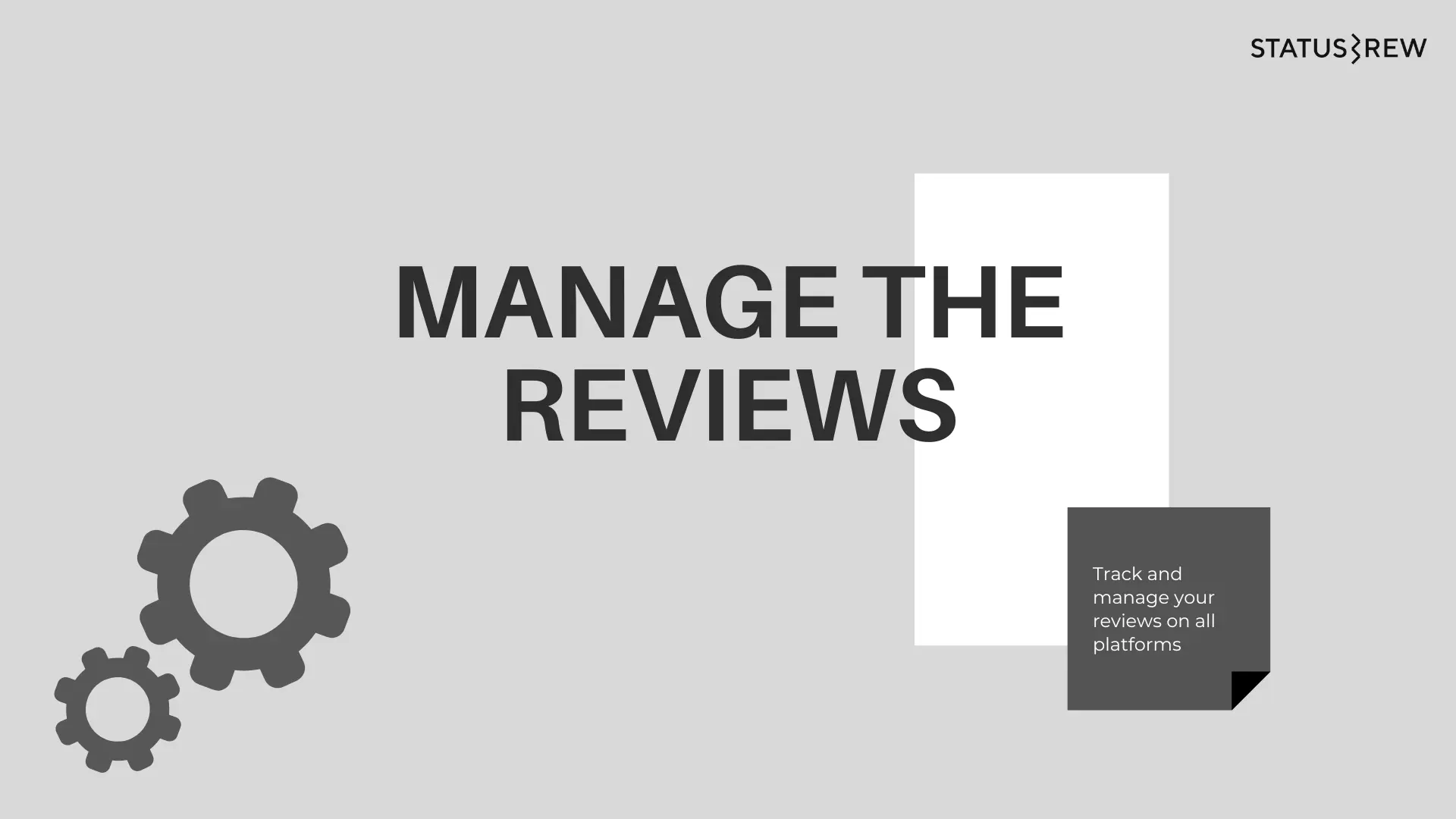
While responding to reviews, you need to have a system to track and manage those conversations. Besides your company website and social handles, you may want to use review websites and tools to stay on top of all the reviews and brand mentions.
In the previous step, you would've promised the reviewers to escalate the issue, carry the conversation forward, a refund or replacement, or make a support call. Also, your team should have taken the necessary steps to fulfill those promises. Now is the time to check the status and tick all the commitments made. A review management tool that lets you track every review can come in handy.
Create an account on any of the below tools if you haven't already, and start managing your reviews.
Statusbrew
Statusbrew is a social media reputation management tool that helps businesses manage all the reviews and comments across platforms from a single dashboard. It allows you to track reviews on Google My Business, Play Store, App Store, Facebook, and more. Besides these, the tool comes with dedicated social media engaging and publishing tools on more than seven social media channels. Finding a tool as feature-rich as Statusbrew is next to impossible.
Statusbrew's Review Management Key Features
- Automatically filter and get notified of all negative reviews
- AI-powered sentiment analysis
- Auto-assign reviews for a particular location to store/area managers
- Automatically route reviews to a specific inbox/team member
- Collaborate in real-time with team members while handling customer queries
- Controlled team member access
- Manage reviews at a large scale with Groups
- Auto-hide spam/trolls across your social real estate
- Identify new customers with listening solutions
- Get in-depth brand reputation insights
Wait no more; book a FREE demo call with the Statusbrew team to learn how to manage your reviews. ?
Google My Business
Google My Business (GMB) is a simple way to track and manage your Google Business reviews. Your customers can leave reviews, and you can reply to them to build trust with existing and potential customers. You can also invite your customers to leave a review on your business profile.
Trustpilot
Trustpilot is another review management tool that lets consumers write reviews in various company categories. Businesses can use the tool to collect customer reviews throughout their journey and send them review invitations. Some key app integrations on Trustpilot are Shopify, Bigcommerce, Woocommerce, Zendesk, Square, Zapier, Adobe Commerce, and Wix.
Measure The Results And Iterate
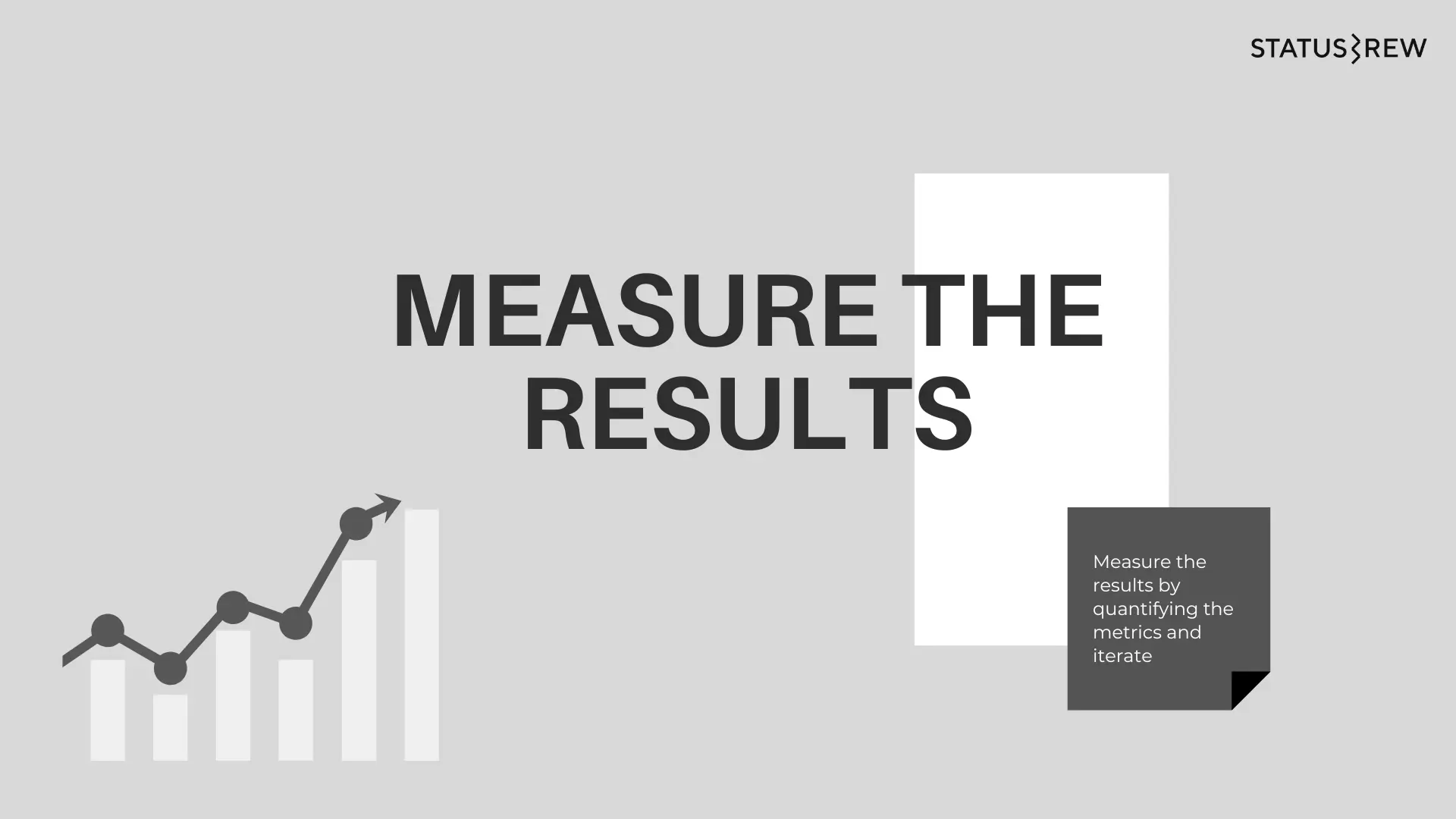
The last step in your online reputation management strategy is measuring the results and building on your efforts to swell your brand reputation. There's no point in investing your resources if you don't know how people's perception of your brand has changed after all the reputation-centric campaigns.
Having understood the importance of measuring your progress, let's crackdown on a few metrics you should track to quantify the change in your brand reputation.
-
Sentiment Analysis - It's good to see a buzz around your company on review sites. What's better is to know what percentage of it is positive. ORM tools allow you to perform sentiment analysis of the reviews. Ideally, you should see an uptrend of the score in the set period.
-
Mentions from media and industry leaders - If you are starting to get more media mentions, especially in the top-tier ones, know that you're on the right track. Don't forget to look for industry leaders and influencers tagging your brand. It can change the way people think about your brand and has the potential to drive more sales as an added benefit.
-
Share of Voice - Share of Voice is a metric that represents your brand awareness against your competitors. Over some time, you should notice an observable change in this metric.
If you lag in any of these metrics, it's time to start the ORM work again. Even if you have fired all the cylinders, the process should go on, as brand reputation management is never-ending. When you stop worrying about your online reputation, you'll start to see it fall like a house of cards.
Take the learnings and data from this process and feed it back to the system for the next cycle. The idea is to become an indispensable brand that people naturally trust and respect.
Online Reputation Management Strategy Infographic
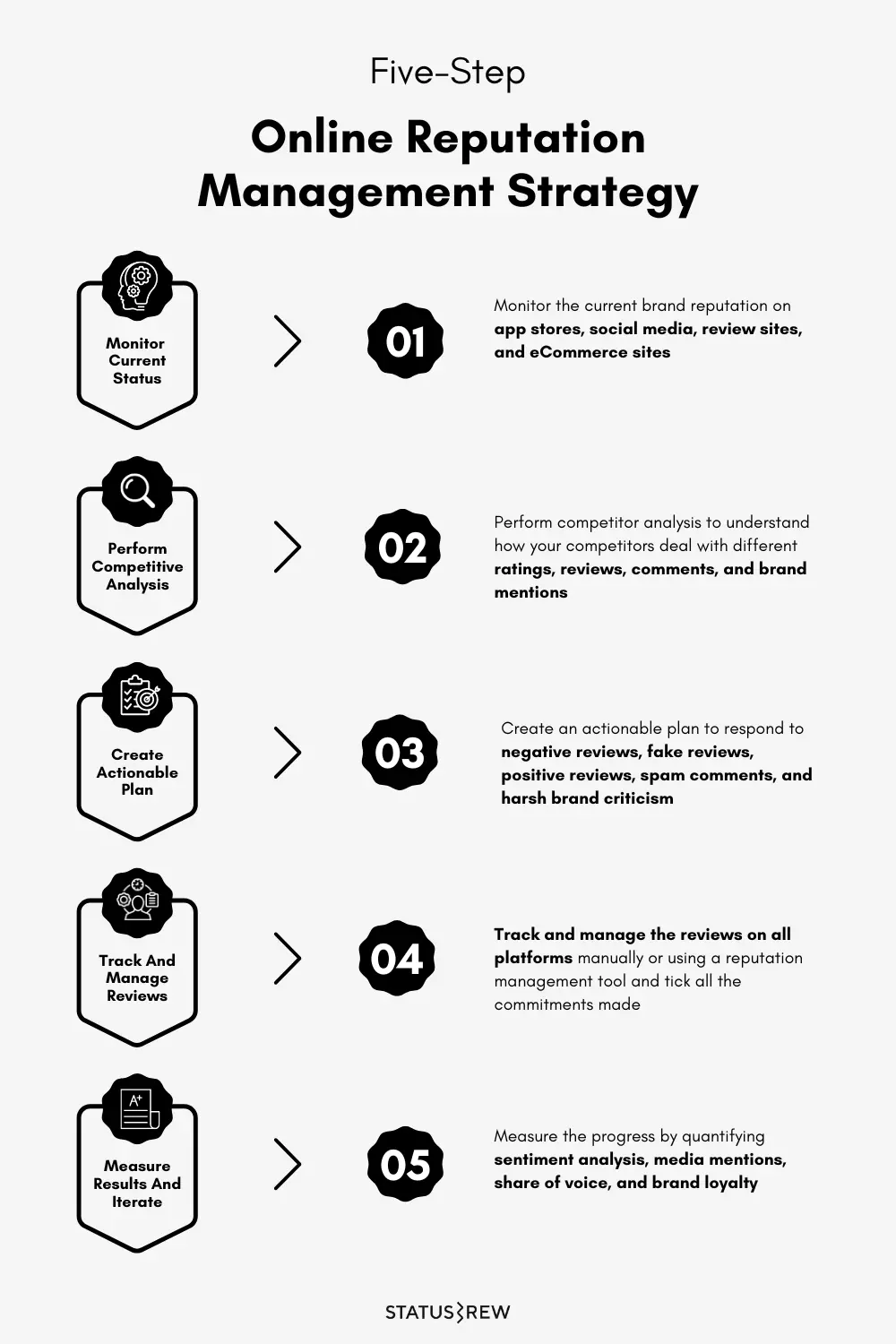
Start Your ORM Journey
You now have all the armory to build your online reputation management strategy. Time to get the ball rolling ーinvite the marketing and ORM managers, draft a plan for the next cycle, and put in the work. Create the guidelines and other documentation needed for the team to execute their jobs well. Be patient with the results while striving for the best outcome.
To make the process less labor-intensive and insightful, consider using Statusbrew to manage your reviews and execute the lion's share of your ORM tasks.
Book a FREE demo today and see for yourself ?
Statusbrew is a unified Social Media Management tool that supports Facebook, Instagram, Twitter, YouTube, Linkedin, and even Google My Business!




Explore the Statusbrew range of social media tools
Cancel anytime!